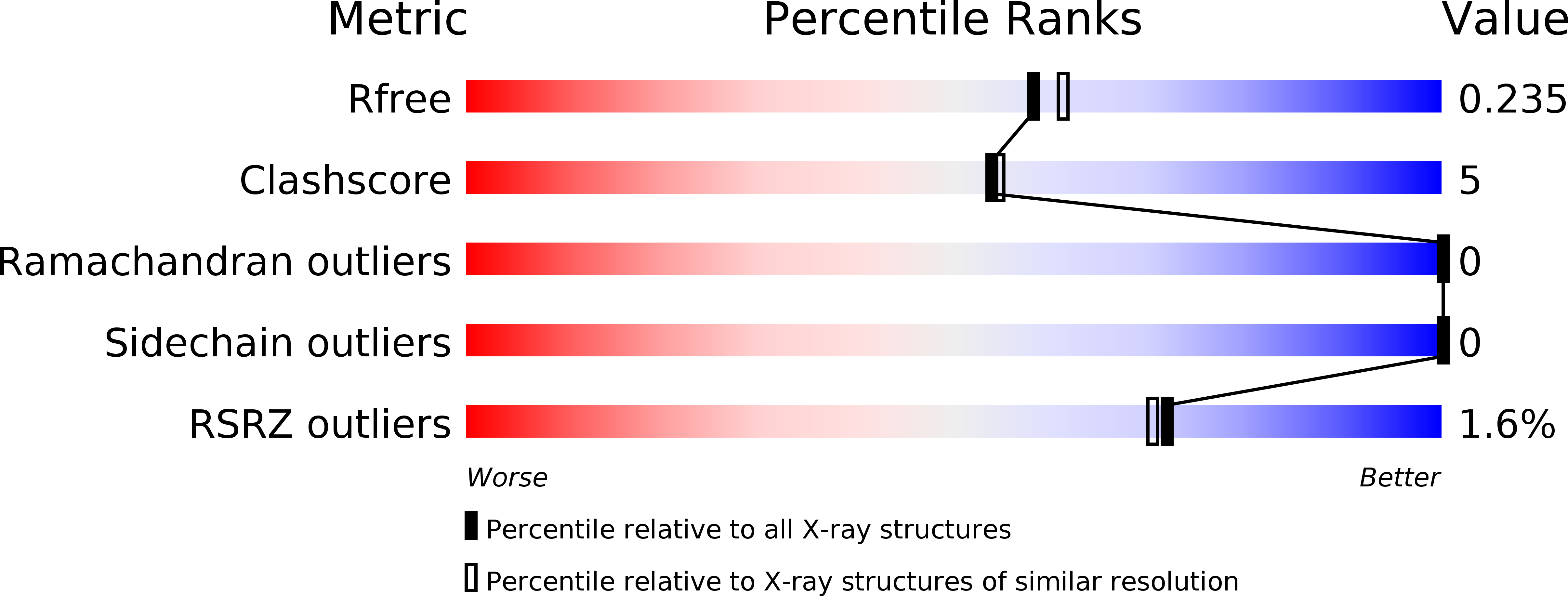
Deposition Date
2014-06-30
Release Date
2015-07-01
Last Version Date
2024-10-09
Entry Detail
PDB ID:
4QR9
Keywords:
Title:
Crystal structure of two HMGB1 Box A domains cooperating to underwind and kink a DNA
Biological Source:
Source Organism:
Rattus norvegicus (Taxon ID: 10116)
synthetic construct (Taxon ID: 32630)
synthetic construct (Taxon ID: 32630)
Host Organism:
Method Details:
Experimental Method:
Resolution:
2.00 Å
R-Value Free:
0.23
R-Value Work:
0.19
R-Value Observed:
0.19
Space Group:
P 21 21 21


